Categories
Recent Articles
Featured Products
Custom Block
Custom CMS block displayed at the left sidebar on the Catalog Page. Put your own content here: text, html, images, media... whatever you like.
There are many similar sample content placeholders across the store. All editable from admin panel.
Diamond Blade Dos & Don'ts
Avoid common mistakes to get the most out of your blades and saws.
By: Rebecca Kanable contributing writer
Diamond blades get beat up in a variety of ways. They get burned, stuck (and then hit with a hammer), bent and broken. It's not pretty and it's not good practice.
Whether you're using a diamond blade on a gas-powered saw, electric hand saw or walk-behind saw, a few words of wisdom can help save blades from misuse and abuse.
Factors affecting longevity
Blade life can vary greatly depending on a number of variables. One key factor is blade quality (diamond quality and concentration, and segment bond and width). Consider that two blades of the same diameter could have different diamond depths, amounts of diamond in the blade segment and segment heights.
As with traditional diamonds, there are different grades assigned to synthetic diamonds for saw blades. "A higher-quality diamond is going to perform better and definitely last longer," says Ted Skaff of Pearl Abrasive Co. In some cases, it may also grind or cut faster, as well.
Another key factor in blade life is the material that needs to be cut. Cutting a hard material such as concrete requires a different blade than one used to cut a soft, abrasive material such as asphalt. The harder material requires diamonds to be exposed more quickly, and a softer bond to hold the diamonds to the segment.
"You could use a blade designed for concrete to cut asphalt and it will cut really fast, but it won't last very long," says Thom Fisher with Diamond Products.
How concrete cutting impacts blade life depends on the aggregate size, sand type (sharp and abrasive or round and non-abrasive), aggregate hardness (determined by rock type) and reinforcing steel (amount, grade and gauge). For example, a coarser aggregate with a lot of sand will wear a blade faster than concrete with less sand and less aggregate, Skaff says.
However, softer and more abrasive green concrete will require a harder bond with undercut protection, Fisher adds.
How long a blade will be useful on a job depends on the amount of cutting that needs to be done. Using a blade to cut a driveway is different than using a blade to cut a long stretch of highway, Fisher points out.
The saw used with the blade also affects blade life. A tool with high rpm will wear a blade faster than a tool with low rpm, Skaff says.
The operator can shorten the life of a blade, as well. An operator applying more pressure will tend to wear out a blade faster than someone applying less pressure, Skaff says.
Tips for longer life
Given these variables, manufacturers offer the following dos and don'ts to maximize blade life.
Do use the right blade for the job. There are blades designed specifically to cut concrete, masonry and green concrete.
While general-purpose blades can cover a variety of cutting tasks, application-specific blades are engineered with a specific bond to meet the needs of a certain application. They do the best job and will last longer, Skaff says.
To help find the right blade for the task, Hobie Smith of MK Diamond Products Inc. suggests answering the following questions:
- What material are you cutting?
- What type of cutting equipment will be used?
- How much cutting will be done?
- How fast do you need to complete the job?
Do use a wet blade only when wet. A common operating mistake is using a wet blade dry. "A wet blade should never be used dry," Skaff says.
Fisher agrees, noting, "We get blades back all the time that are fried because water wasn't used. It doesn't take very long for the friction of concrete (or even asphalt) to burn up a blade."
Even dry blades can be used wet; doing so might actually increase production and blade life. Heat and dust are enemies of a blade, Skaff explains. Using a blade wet eliminates both enemies.
Don't bury the blade. Another common mistake is burying the blade all the way to the flange, or forcing the blade through the material being cut.
Forcing the blade through material will damage the saw by increasing the amperage, burning up the motor and overheating the blade, which causes premature wear and damage, says Skaff. He has seen blades burned so badly they have a purple rainbow around the rim.
Metal in the diamond rim can get so hot that it actually covers the diamonds. Glazing over diamonds on the rim can cause blades to dull and stop cutting, even though there's a lot of life left on the diamond rim of the blade, Skaff continues. This issue can be solved in the field by dressing the blade.
"You always want to let the blade do the cutting, whether you're using a handsaw, stationary saw or walk-behind saw," he adds. "That will increase the life of the blade and the life of the tool."
Smith advises using a step-cutting technique.
This involves making several passes to complete the cut. "In reality, you shouldn't even use half of the diameter of a blade," says Fisher.
Don't be pushy. Any equipment can fail if it's pushed beyond its operating limits; saws and blades are no exception. Avoid pushing a blade too hard just to get a job done fast.
Do install the blade properly. Often, saw operators will spin a blade in the wrong direction. While a blade will still cut if it's spinning the wrong way, the diamonds will be eaten up quickly, Fisher points out.
Pay attention to the directional arrows labeled on the blade to ensure the blade is installed properly and spins in the intended direction.
When mounting a blade to walk-behind saws, don't forget the drive-behind pinhole, reminds Fisher. In addition to the center arbor, the second hole on the flange steadies the blade and prevents wobbling.
Do use caution in the turns. Skaff offers another word of caution for walk-behind saws: "If your blade is an inch deep into a cut and you want to turn, don't rotate the saw while the blade is still in the cut. I've seen segments of blade bend and break because a machine changes directions while the blade is still in the cut.
"If you're going to change directions," he continues, "make sure your machine is off, the blade is up out of the cut and the machine is unplugged."
Resources available
Manufacturers offer manuals that cover diamond blade basics (how to use water, how to mount blades, how fast to spin blades, how to determine the proper size saw for the proper blade, etc.). Contact your saw or blade manufacturer directly, or work with your local dealer, rental center or supply house to make sure you have access to all the information you need to operate efficiently — and, of course, safely.
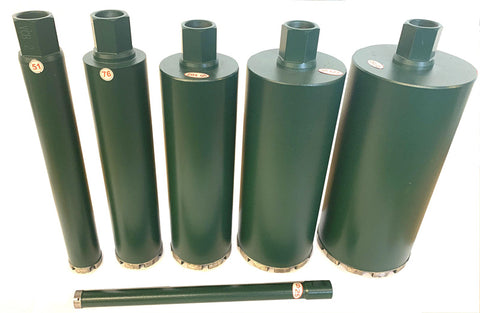


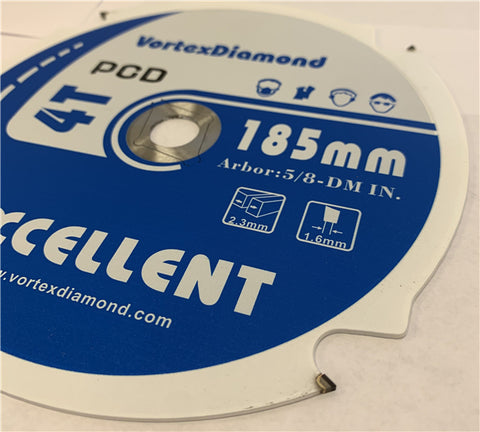
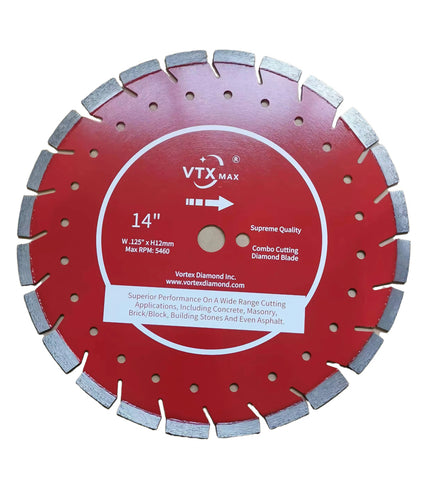
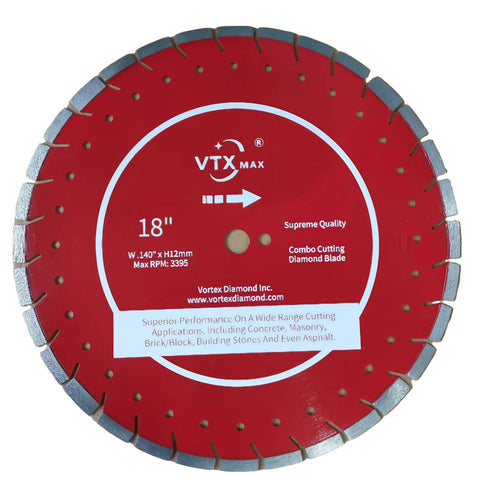








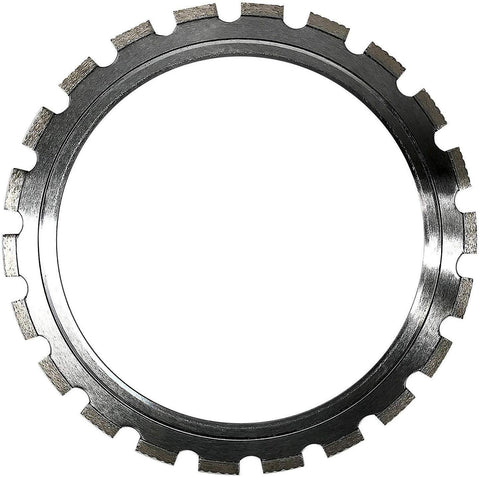
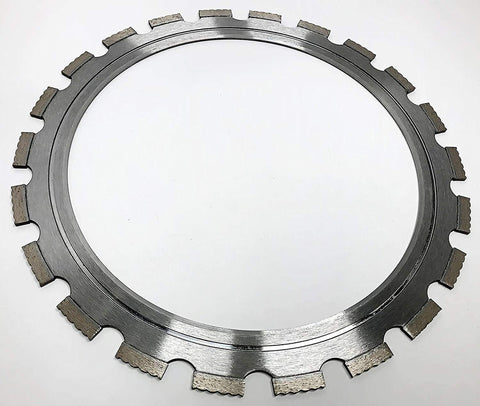
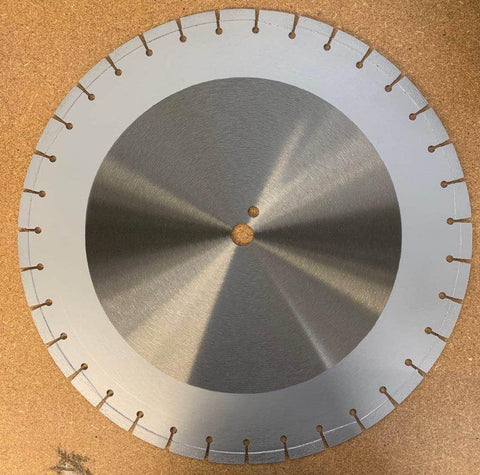
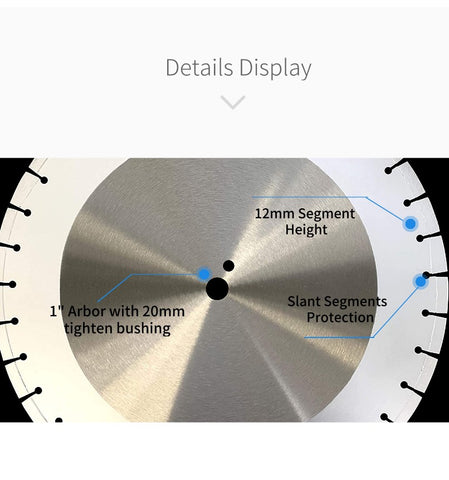






You got my attention when you said that a wet blade should never be used dry. As you said, dry blades can be used wet, and this can actually increase production and blade life. I think this would be a great tip for people who are searching for cutting tools like my father. I remember that he mentioned that he would need a PCD saw blade for one of his projects two weeks from now. Thanks for sharing this. https://powermaxgroup.com.au/products/saws-cutters